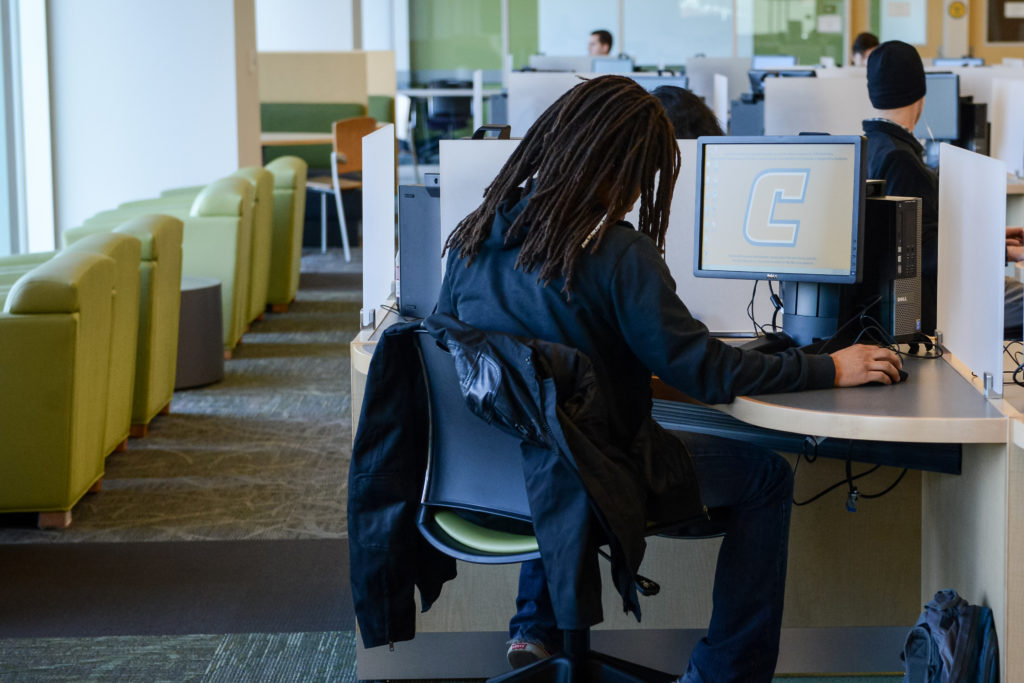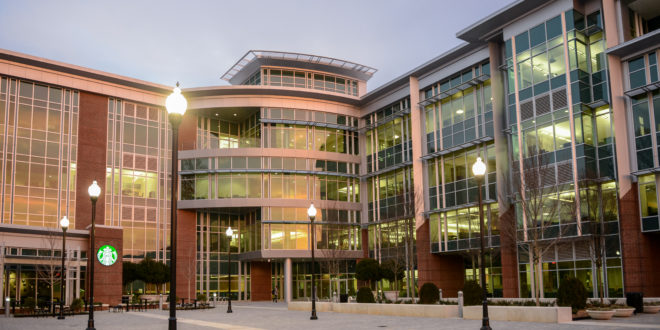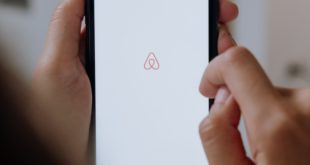In an era characterized by rapid digital transformation, universities are no longer the quiet, static repositories of the past. The halls of these knowledge sanctuaries are now echoing with the hum of technology, as schools embrace the digital age with open arms.
Seeing new technology and gadgets such as the pods in the UTC library, student’s experience using campus resources have changed.
“I like to use the pods in the library for a quiet space to study independently and, you know, it is fun to try out new technology in the library,” said Logan Skorupa, a junior at UTC.

Technology at UTC is always improving in the library, but also remotely in online classes. Online classes and using canvas has immensely changed the way that students use deadlines, attend class, and schedule their semesters.
Since COVID-19, remote classes have become more accessible to students and the resources available to attend class such as Kaltura and Zoom have tools that have completely changed the way students interact with each other.
It is rare that students are required to turn in an assignment on paper in class face-to-face, this has a significant impact on time management, as students can tailor their schedules to their peak productivity hours. It also accommodates individuals who might have other responsibilities, such as work or family obligations.
“I can work on days I would normally be in class all day because I can schedule my break to be the time of my zoom class,” said Skorupa.
AI-powered advising systems leverage data analytics to provide students with tailored, data-driven insights into their academic and career pathways, offering personalized recommendations on course selection, major choices, and even job prospects. Professors advise to never use AI generated information on assignments.
“AI is dangerous to the classroom environment because it takes away the creativity and research required for a student to learn while working on an assignment,” said Skorupa.
In smart classrooms, technology has changed the traditional learning environment, with interactive whiteboards, digital content sharing, and real-time collaboration tools, enhancing student engagement and fostering a more interactive and dynamic educational experience.
Personalized learning experiences, AI, and improved technology in libraries hold the power to adapt curriculum and teaching methods to individual students, catering to their unique strengths and weaknesses, ultimately improving comprehension and retention.
 Mocs News Reporting the news that matters most to UTC
Mocs News Reporting the news that matters most to UTC

